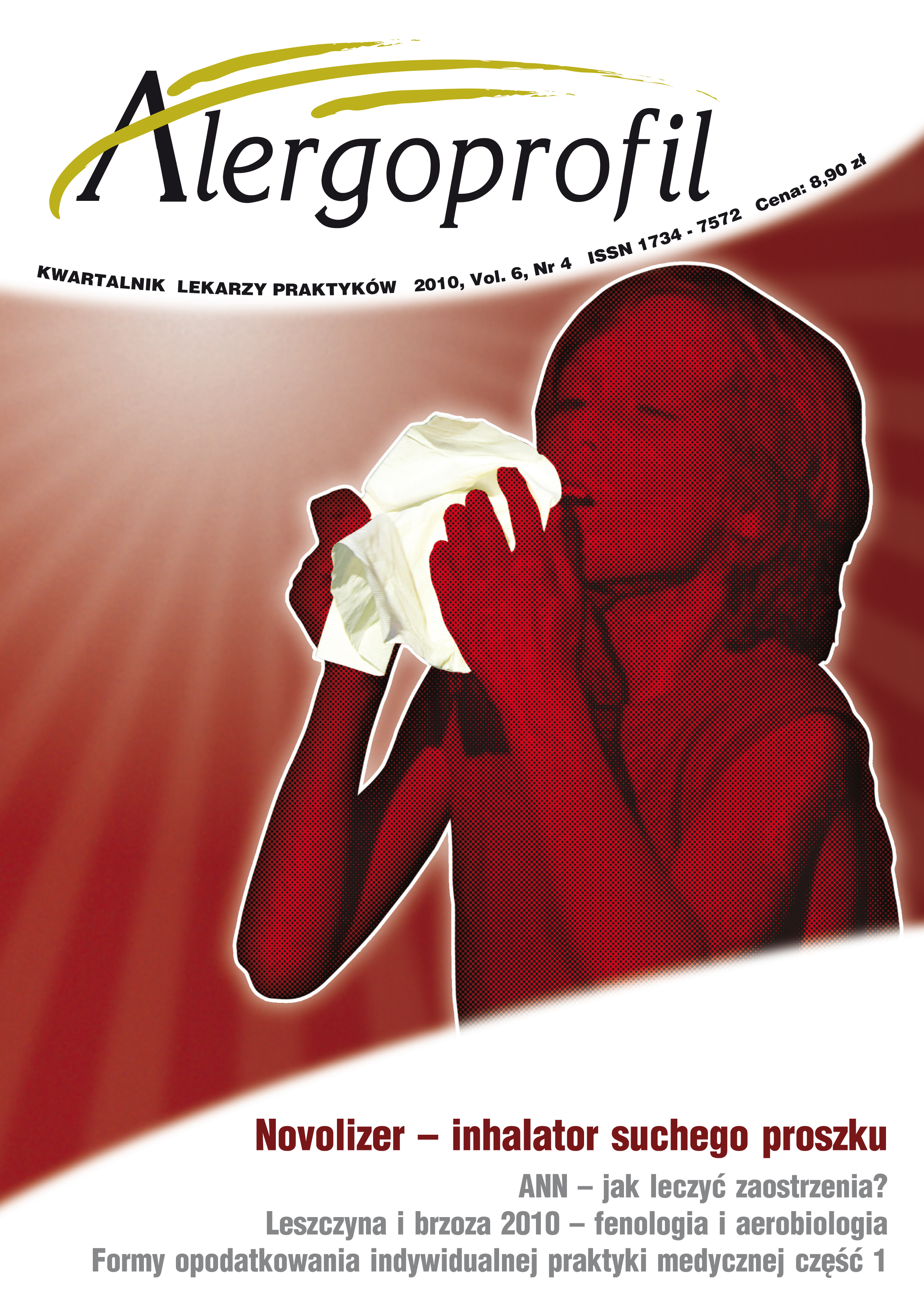Spatial differentiation of hazel flowering in Poland in a study years: 2007–2010
Main Article Content
Abstract
Analysis, based on long term series of phenological data showed that plant vegetation responds to climate changes by the acceleration of phenological events’ terms. Similar changes were also observed in Poland. Acceleration of flowering date of hazel can be important also for planning and monitoring treatment of people suffering from allergies. Year to year made observations lead to multi-series phenological data collection. They also unable the monitoring of time and area of flowering and direction of proceeding of this process over territory of Poland in a given year. The first two years of the multi-year study (2007, 2008) were characterized by earlier date of flowering (in the second and third decade of February in the most parts of the country) than the last two years (2009, 2010), especially 2010 (hazel flowering in – in the second and third decade of March over majority area). Hazel flowering began in a study years the earliest in the warmer parts of the country in the West and South-western regions and it proceeded in the North-eastern direction.
Downloads
Article Details
Copyright: © Medical Education sp. z o.o. This is an Open Access article distributed under the terms of the Attribution-NonCommercial 4.0 International (CC BY-NC 4.0). License (https://creativecommons.org/licenses/by-nc/4.0/), allowing third parties to copy and redistribute the material in any medium or format and to remix, transform, and build upon the material, provided the original work is properly cited and states its license.
Address reprint requests to: Medical Education, Marcin Kuźma (marcin.kuzma@mededu.pl)
References
2. Jatczak K.: Fenologiczna odpowiedź na tendencje zmian klimatu w Polsce na tle zmian zachodzących w Europie. Wiadomości Met. Hydr. Gosp. Wod. 2007, 1: 37-48.
3. Pałczyński C.: Alergia w miejscu pracy – prognozy epidemiologiczne i perspektywy profilaktyki higienicznej. Medycyna Pracy 2004, 55(1): 41-45.
4. Weryszko-Chmielewska E., Rapiejko P.: Analysis of Alnus spp. pollen seasons in Lublin and Warszawa (Poland), 2001-2007. Acta Agrobot. 2007, 60(2): 87-97.
5. Biuletyny Państwowej Służby Hydrologiczno-Meteorologicznej: nr 12(48), nr 1(49), nr 2(50), nr 12(60), nr 1(61), nr 2(62), nr 12(72), nr1(73), nr 2(74), nr 1(86), nr 2(87).
6. Tomaszewska T., Rutkowski Z.: Fenologiczne pory roku i ich zmienność w wieloleciu 1951-1990. IMGW, Warszawa. Materiały Badawcze, Ser. Meteorologia 1999, 28: 39.
7. Lipiec A., Malkiewicz M., Chłopek K., Puc M., Myszkowska D., Piotrowska K., Weryszko-Chmielewska E., Zielnik-Jurkiewicz B., Modrzyński M., Dmochowska D., Królikowska G., Jakubowska K., Rapiejko P.: Analiza stężenia pyłku
leszczyny w wybranych miastach Polski w 2009 r. Alergoprofil 2009, 5(1): 44-48.

